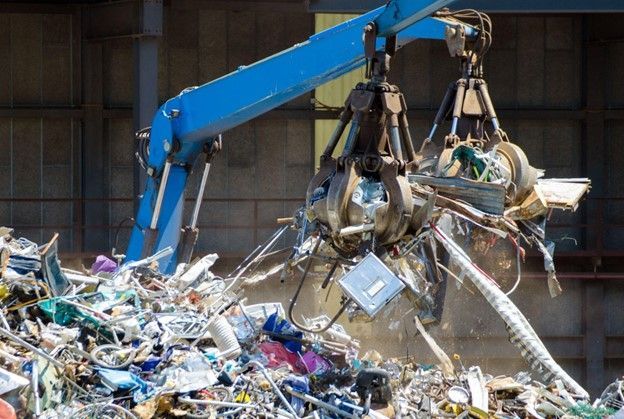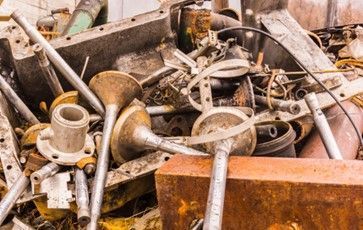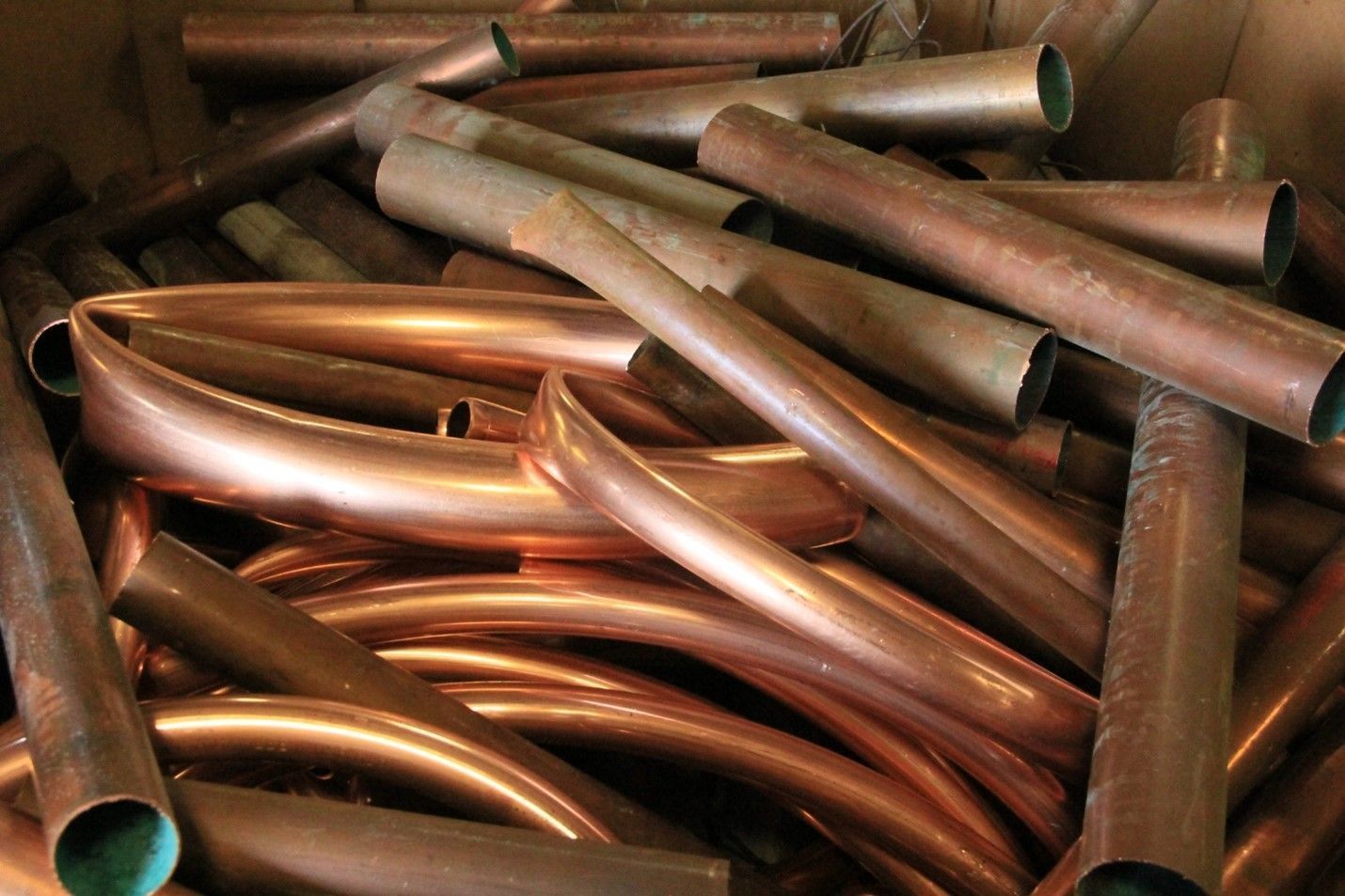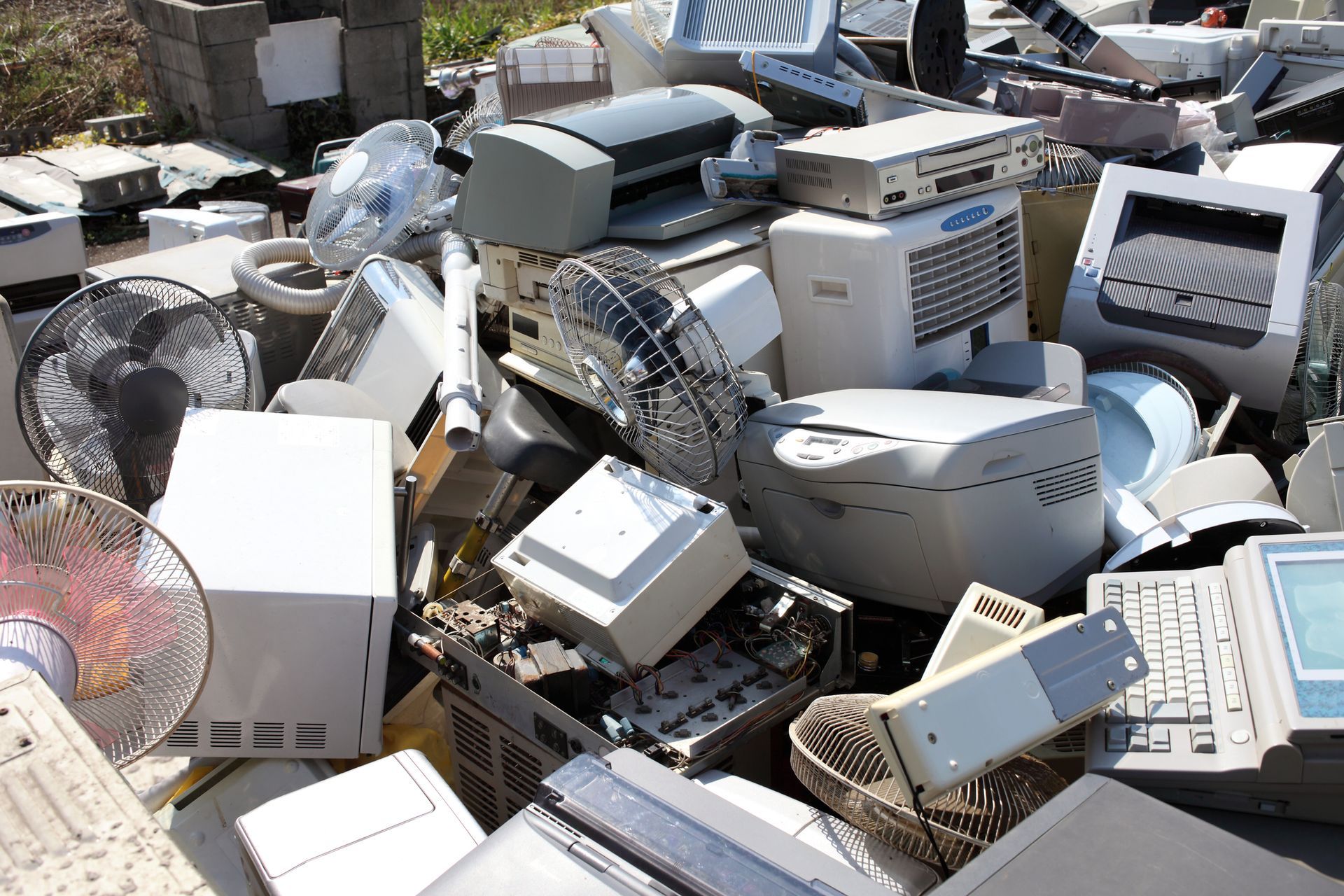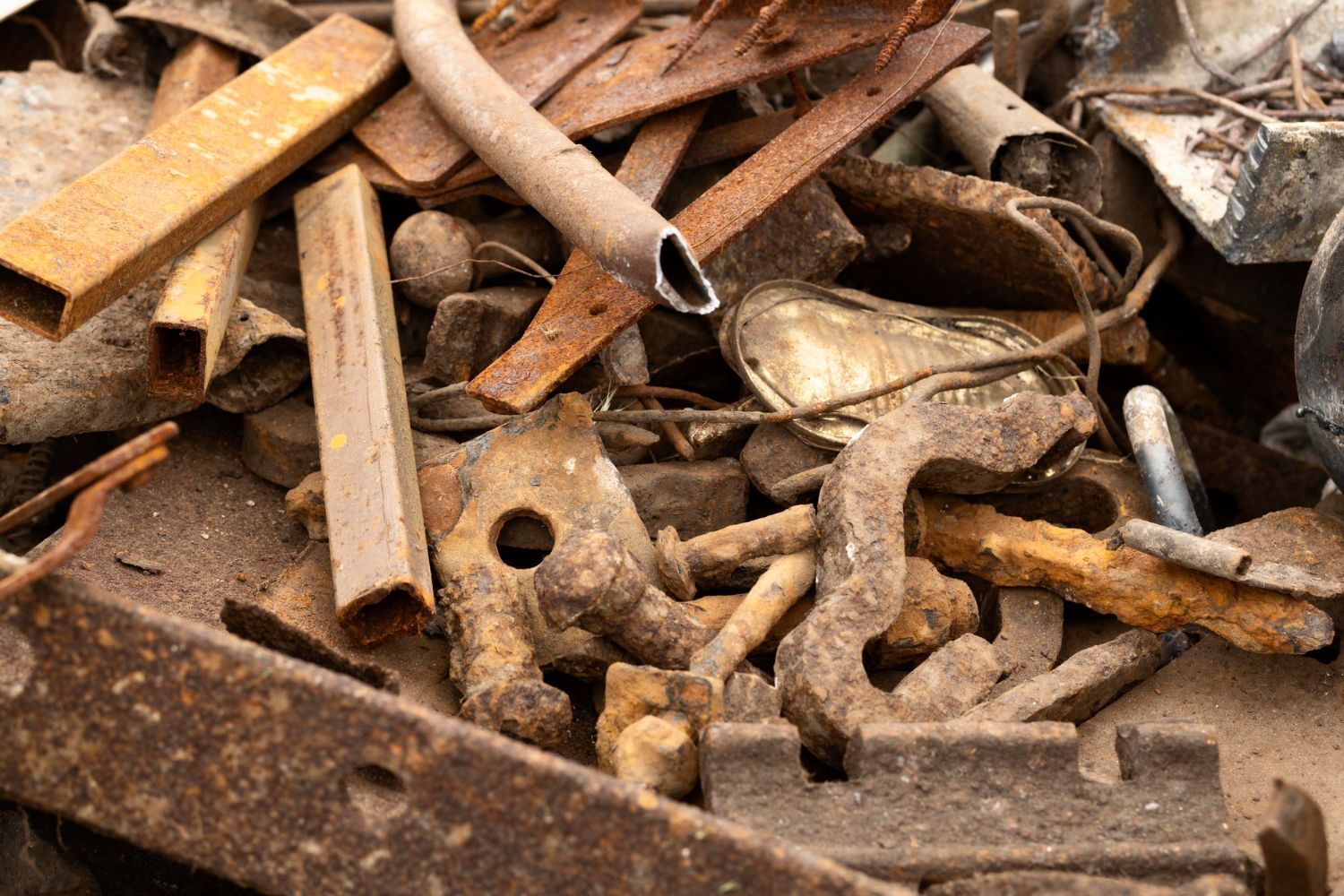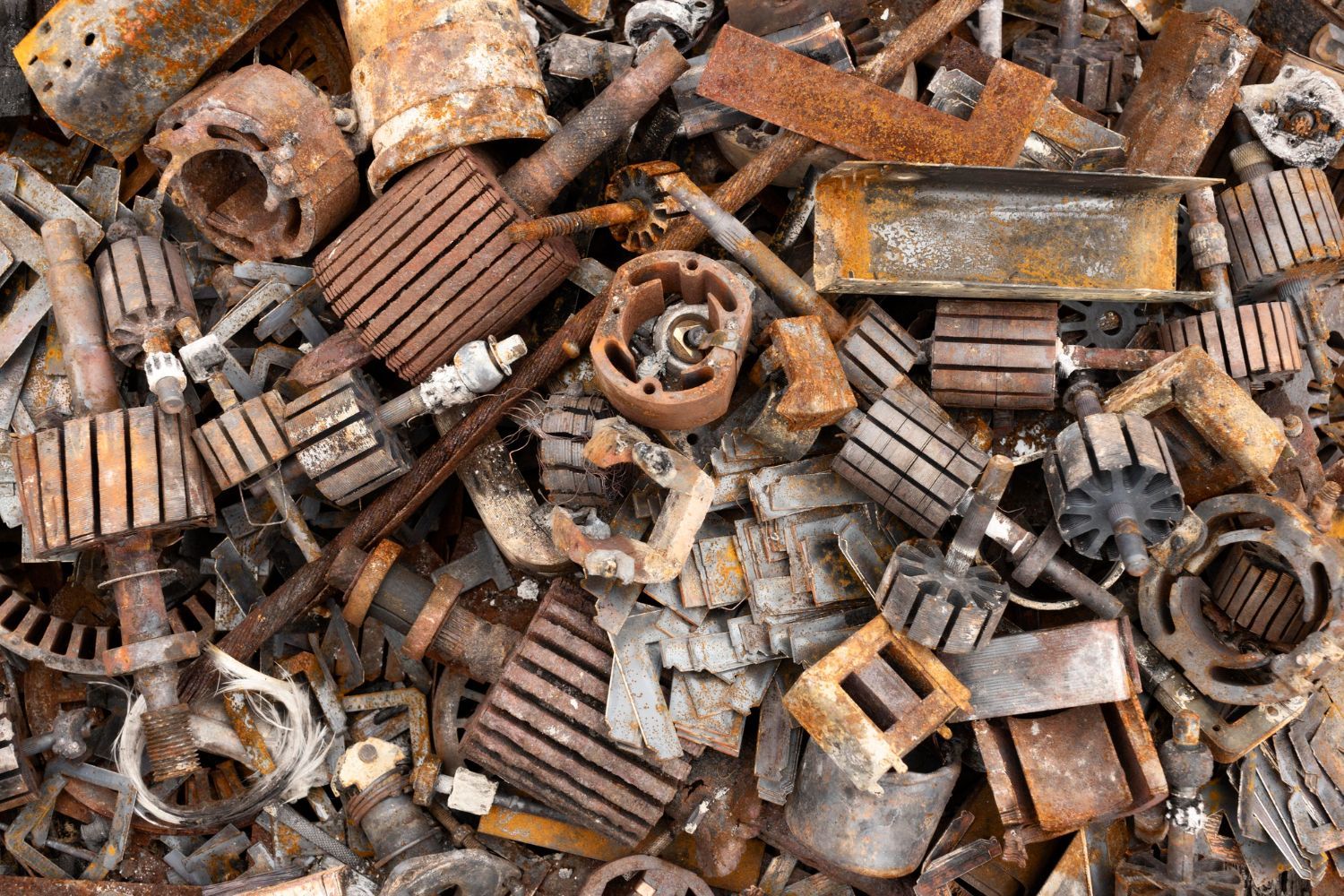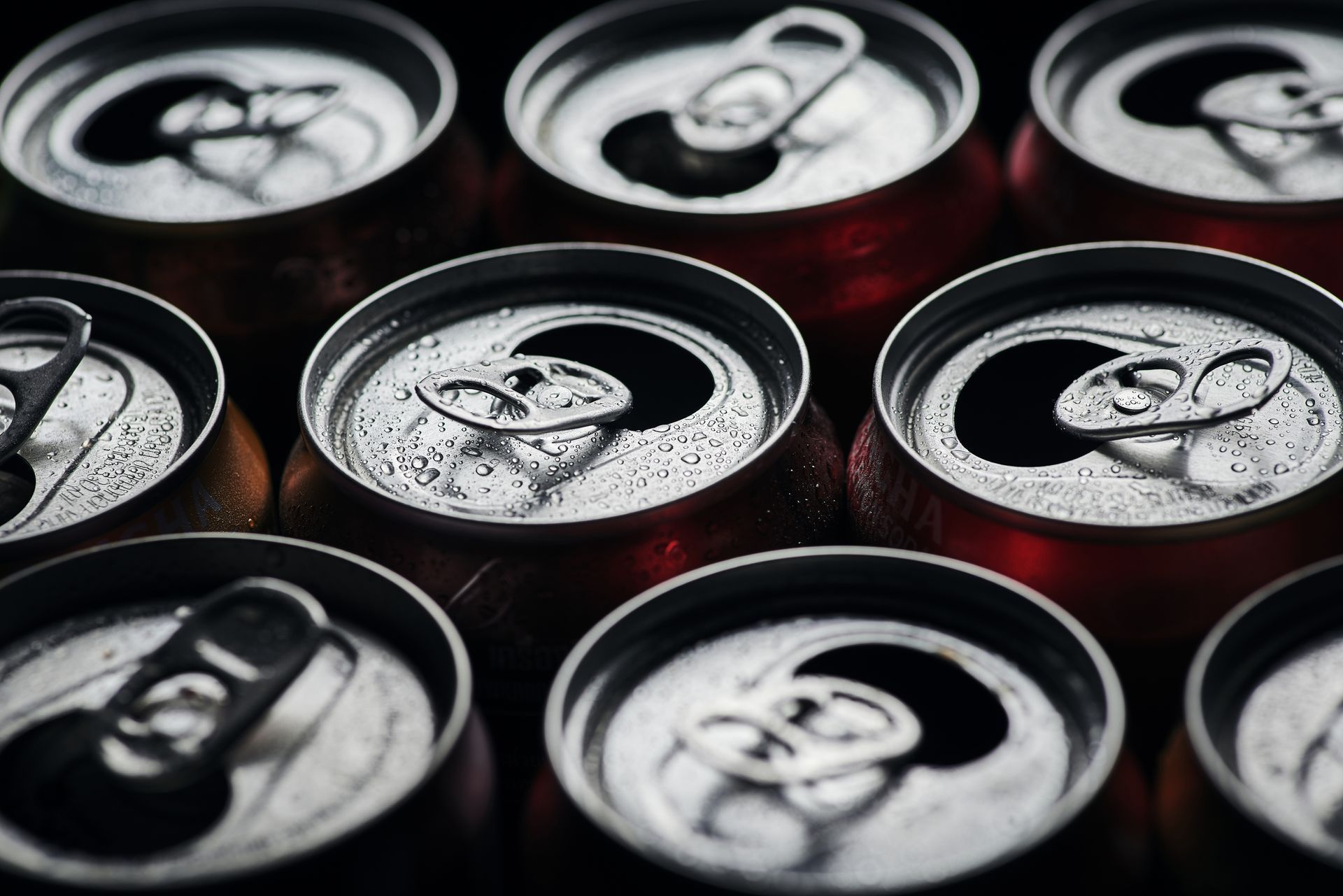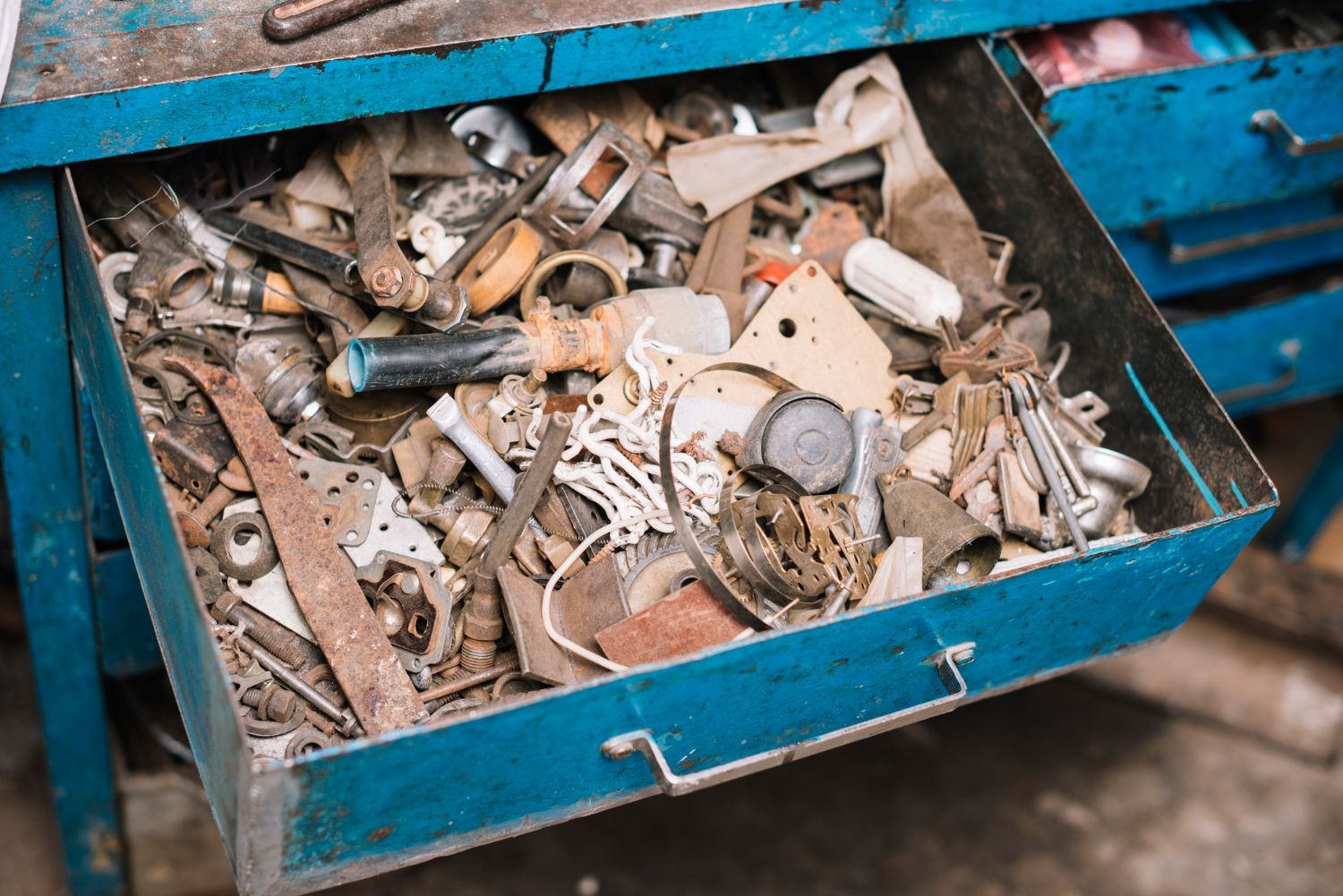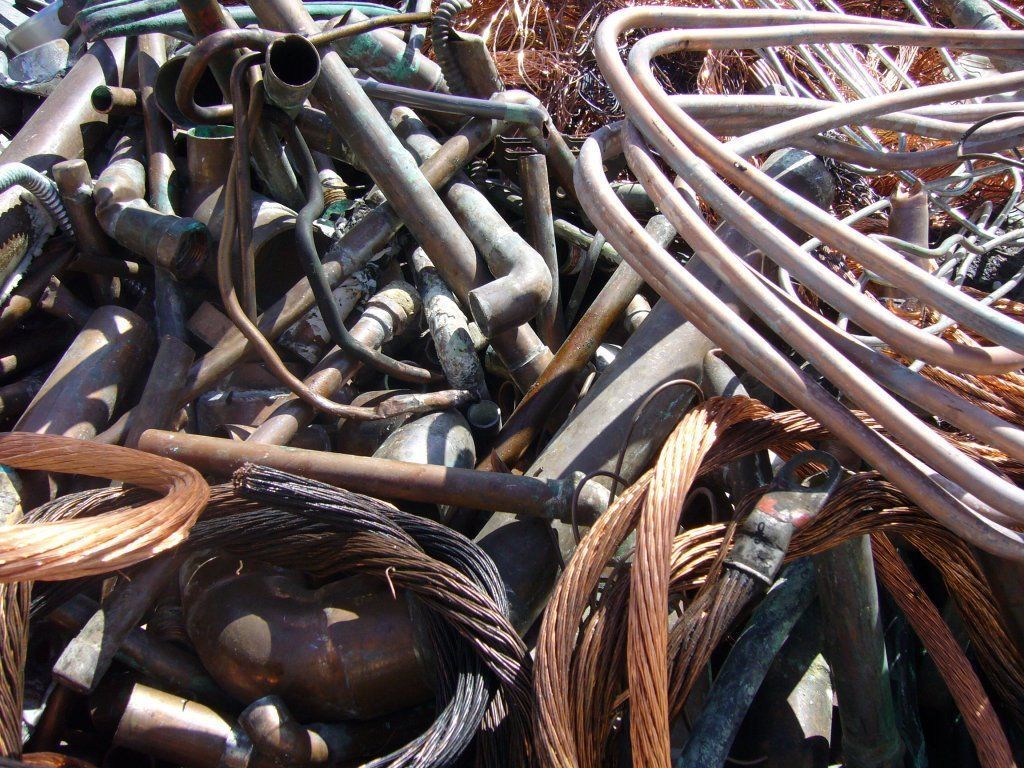How to Identify Valuable Stainless Steel Scrap
Stainless steel is a valuable material that is widely used by a variety of industries, and selling scrap stainless steel can be a very profitable endeavor. However, identifying stainless steel and distinguishing it from other, similar metals can be surprisingly challenging.
Because of this, stainless steel tends to get less attention from scrapping professionals than other valuable scrap metals, such as brass or copper. However, scrappers who know the basics of stainless steel identification have access to valuable sources of scrap that may be missed by their competitors.
1. What Makes Stainless Steel Valuable As Scrap?
The term stainless steel does not actually refer to a single type of metal, but a variety of metal alloys made from a mixture of different metals. Different types of stainless steel alloy are sorted into different grades. However, all types of stainless steel contain large quantities of iron, which has little-to-no value as scrap.
What makes stainless steel valuable is the other metals used in its creation. A piece of stainless steel may contain chromium, nickel, copper, and a variety of other expensive metallic elements, which can be separated and reused when the scrap stainless steel is melted down.
Some grades of stainless steel have more scrap value than others, but all types of stainless steel can be sold as scrap for a tidy profit. However, different grades of stainless steel can also have different physical properties, which can complicate the identification process.
2. Distinguishing Stainless Steel From Regular Steel
Many scrappers rely on magnets to distinguish stainless steel from regular steel, but this is not always reliable. Most types of stainless steel are non-magnetic due to their chromium content. This includes the 303 and 304 grades of stainless steel, which are much more common and widely used than other stainless steel grades.
However, some types of stainless steel are magnetic despite their chromium content. This includes duplex stainless steel grades, which are used in construction and marine applications. While magnet testing is still useful, you should also use other methods to determine whether your scrap is made from stainless steel.
Because stainless steel contains non-ferrous metals as well as iron, it is much more resistant to rust, and will only start to corrode under the most extreme conditions. If a piece of scrap metal shows any signs of visible rust but hasn't been left in an exposed location for extended periods, it is almost certainly not made from stainless steel.
You can also tell stainless steel from regular steel by determining how your scrap was originally used. For example, if your unidentified scrap metal was taken from a home appliance that uses water, such as a dishwasher or air conditioning condenser, it is much more likely to be made from stainless steel or another rust-resistant metal.
3. Distinguishing Stainless Steel From Aluminum
Telling apart stainless steel and aluminum can be particularly difficult. Because aluminum is non-magnetic and does not rust, it is frequently used for the same applications as stainless steel, and the two metals are visually very similar. However, there are still reliable ways to sort scrap aluminum from your scrap stainless steel.
The first and most obvious difference between the two metals is weight, as stainless steel weighs several times more than aluminum. If you have an accurate weighing scale, weight comparison can be a quick and easy way to sort your aluminum and stainless steel scrap.
If you have access to a metal grinder, you can also perform a 'spark test' by placing it on the surface of your unidentified scrap metal. A piece of stainless steel will throw a shower of bright sparks when it comes into contact with the grinder, while aluminum scrap will not.
Bear in mind that aluminum has substantial scrap value by itself, and 'stainless steel' that turns out to be aluminum should not be discarded. However, scrap merchants will almost always pay significantly more for sorted scrap than unsorted scrap, so identifying your scrap in advance is always worthwhile.
If you have any more questions about stainless steel scrapping, contact the scrap metal experts at Bruce Metal & Salvage
